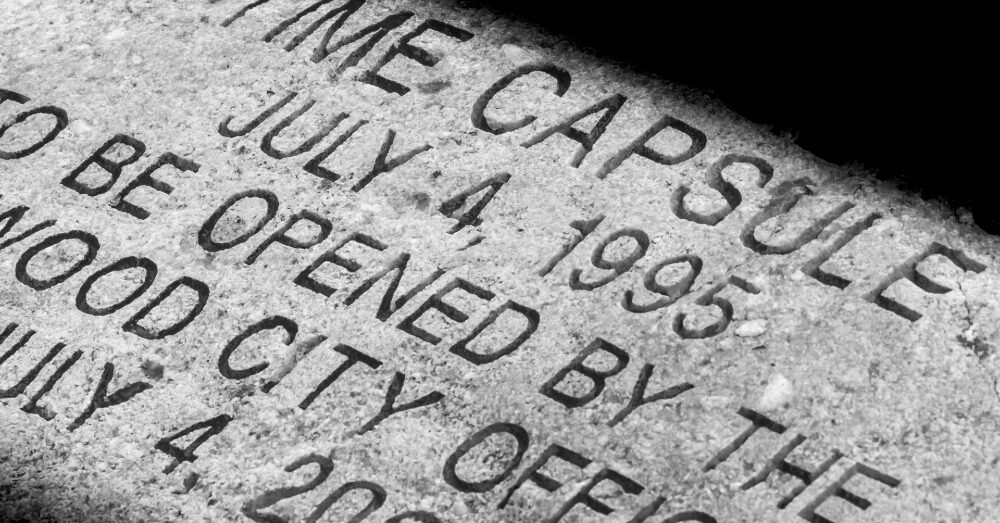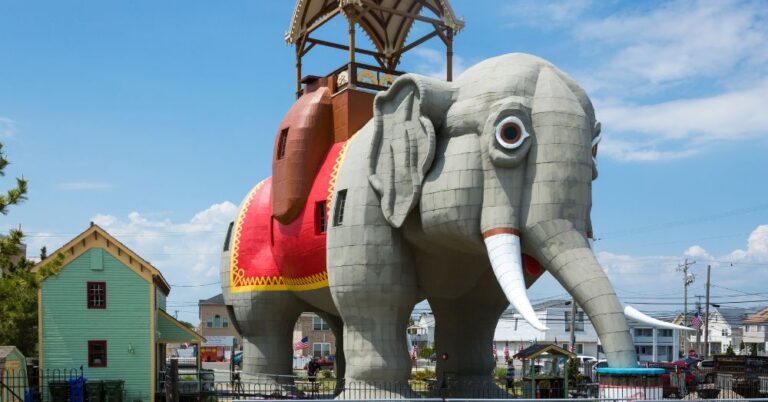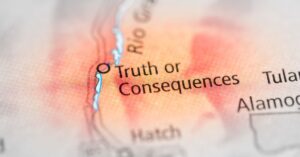Time capsules can be forgotten if no one is around to remind people that they are in the area. This is where time capsule hunters come in.
Many people have used time capsules over the centuries. Humans are well-known for hiding items in walls, in the ground, or putting them in strange places to keep them as items to tell the story of the past. Unfortunately, many of these keepsakes become lost over time and with them the stories they tell. Some people like to go looking for these items and dig them up to learn about the past.
What is a time capsule?
Geocaching isn’t the same as searching for time capsules. In geocaching, you know where the item is located and can use your smartphone to find it. You can add your own small item to it for the next person to discover. A time capsule is put in a wall or buried in the ground for future generations to locate and discover. This means a specific date range from the past must be associated with the collection of items to make it a time capsule, which is a term that wasn’t used until 1939 when it was used by the Westinghouse company to describe the items buried during the World’s Fair that year.
For the collection of items to truly be considered a time capsule, it needs to be from an era that has passed. This means it shouldn’t be from a time in which people could still be living and witness the unearthing of the items that were buried for future generations. The World’s Fair capsule was intended to last 5,000 years. The Westinghouse company buried another in 1965 and was marked to be opened after 100 years had passed.
History used other names
Time capsule hunters must become familiar with the variation of names used for these buried items. Several terms have been used over the years to describe these buried items. While they aren’t the same as buried treasures, such that we might expect to find on a sunken ship, they lead to something special. Some of these terms include century vault, centennial safe, or memorial chest. These different names can be found in historical documents and give these hunters a good place to begin when they want to search for items from the past.
In addition to the terms used, many of the previous forms of time capsules were the province of local governments or historical societies. This makes them more difficult to track down, especially if the government was dissolved at some point in the past. Although many documents and records have been made available in online archives, some have not, which makes it difficult to track down the locations of some of the capsules. This can be a huge challenge for time capsule hunters when they want to learn more about the history of an area that might have been preserved in this manner.
Items could decay or be sensitive
If you find a time capsule, you need to mark its location and leave it alone until you contact experts in this field. Many of these buried items contain paper products, which can decay or be extremely sensitive if they are old enough. This is why a historical society or archivist can help you figure out what you’ve found. Typically, time capsule hunters are novices who want to find items that were left behind by previous generations, but they need these experts to help preserve the materials contained inside. If you dig up a capsule, it’s also a good idea to keep it sealed until an expert arrives.
The lost world of time capsules
For some reason, time capsules have become less popular in recent years. People don’t seem as interested in preserving the time and sharing it with future generations. Some people do their own time capsules and bury them in the backyard, but this means the next owner of that home could dig them up and throw them away. This is a strange way to preserve personal possessions.
Whether the practice of burying time capsules returns or time capsule hunters simply learn more about the past and don’t leave anything for the future, finding these capsules can be exciting and fun. Your search could turn up nothing, but in some cases, it can turn up a box full of items that tell you everything you want to know about the people who lived in the area hundreds or thousands of years ago.






